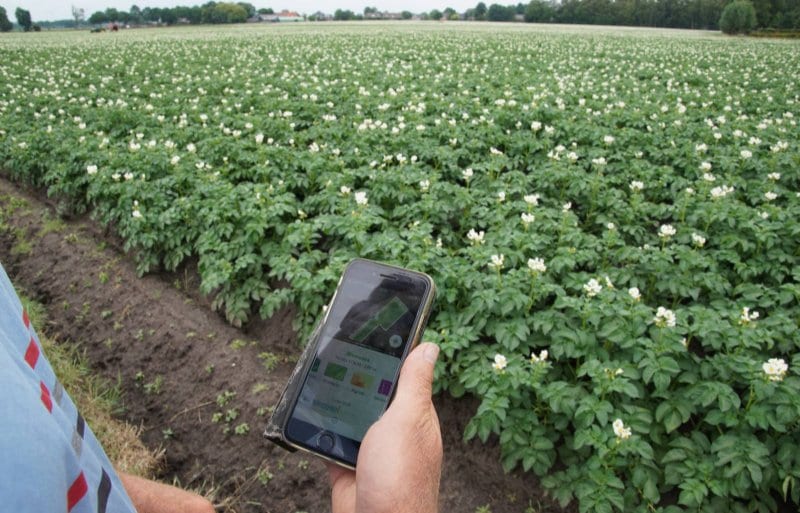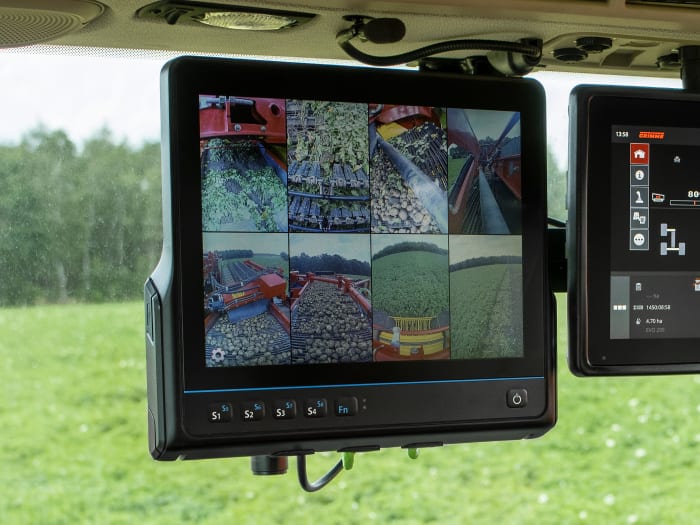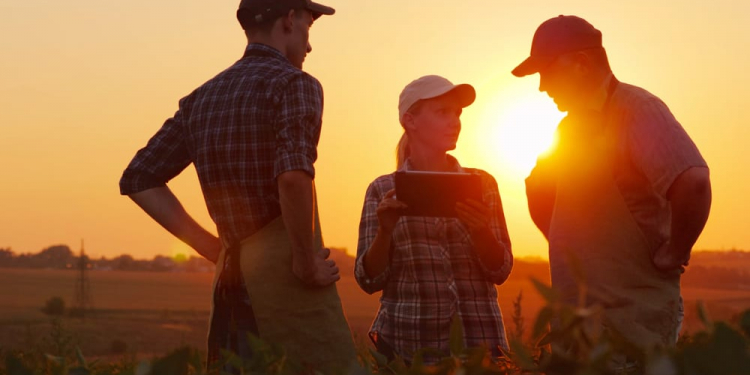NPPGA ramps up digital to keep message fresh, timely.
Communication within every company and association is key, particularly during these times of less in-person time and more face-to-face via app meetings and instant connecting across the internet.
And many marketing campaigns are expanding the digital component to keep association members in touch with each other while at the same time opening new avenues for meeting the needs of customers.
Ted Kreis, marketing/communications director for the Northern Plains Potato Growers Association, is working with producers and designers to refresh NPPGA’s website, nppga.org, as well as increase visibility on social media.
Addressing the challenges of COVID-19 and the changing horizon for in-house meetings and networking, Kreis said monies originally planned for in-person functions have been rechanneled to the needs of the members through other platforms.
“We have shifted a significant amount of funds from trade shows that have been canceled to print and digital advertising, along with improvements to websites and promotional video productions,” he explained in mid-November, adding, “Member meetings have all been virtual to this point.”
COVID has also impacted the digital efforts to some extent, he said. “It delayed some video shooting for the website,” he said. The exact timing for going live has not been established, but Kreis said all the wheels are in motion.
Virtual meetings are no small task for the NPPGA, which boasts a membership of more than 200 potato growers and shippers across the Red River Valley region of North Dakota, Northwestern Minnesota and extreme Eastern Montana and represents one of the nation’s top-10 overall potato-producing areas and the largest producer of red potatoes in the United States.

Headquartered in East Grand Forks, MN, NPPGA is charged with handling marketing, legislation, research and communication for its members. It is staffed by President Donavon Johnson, Director of Finance/Operations Diane Peycke, Potato Grower General Manager Todd Phelps, Marketing/Communications Director Kreis and ND/MN Extension Potato Agronomist Andy Robinson.
The region’s potato industry is unique in a number of ways, including the fact nearly all of the Red River Valley spuds grown for fresh are non-irrigated. Potatoes grown just outside the RRV in Central and Western North Dakota are irrigated, and they are used for french fries.
“North Dakota and the neighboring counties in Minnesota planted roughly 82,000 acres to potatoes in 2020, producing about 25 million cwt of potatoes,” Kreis said.
“Roughly 65 percent went for frozen processing, 16 percent for the fresh market, 10 percent for chips and 9 percent for certified seed. Major varieties for the fresh market are Red and Dark Red Norland; major varieties for the frozen processing market are Russet Burbank and Umatilla. Cascade and Dakota Pearl are popular chipping varieties, and the seed sector is very diversified.”

He noted the growing season “in general was good,” but he said, “Some losses occurred due to heavy rain in late June and very dry harvest conditions in September and October.”
And, Kreis said, the impact of the pandemic affected some of the acreage as well. “COVID did cause some frozen processing acres to be trimmed, approximately 10 percent. Fresh growers have seen foodservice business virtually evaporate, but retail sales have been very good as more people are eating at home during the pandemic.”
In the fresh sector, Farmers to Families Food Box Program’s start-up had less of benefit to the NPPGA members, Kreis said.
“The majority of the Food Box business was during the summer when we’re not in the market,” he explained. “There has been some business in this fall with the latest appropriation of funds but nothing significant in the Red River Valley.”
Common issues shared by Association members include COVID protocol, transportation and labor. Kreis said all the sheds are following appropriate safety protocol; transportation is “very tight”; and labor, too, is termed “very tight.”
But the weeks leading into Thanksgiving saw business that Kreis described as “very brisk,” and along with the rest of the produce world, the Northern Plains is going into 2021 hoping brighter days come with the new year.

